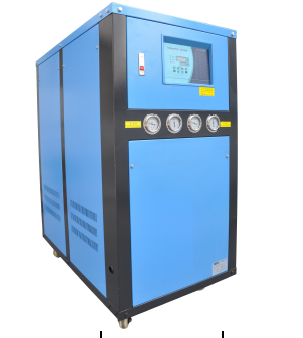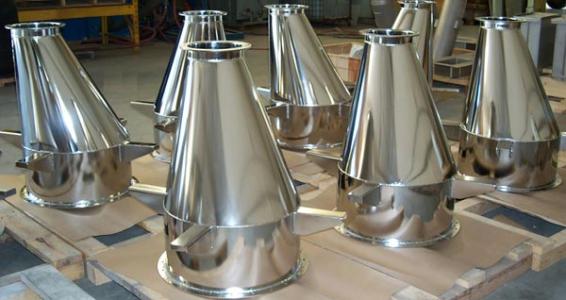| Common faults in ABS plastic plating
ABS plastic plating wants to get the perfect coating, you have to work hard on a series of factors such as mold design, manufacturing and ABS plastic selection, injection molding. Here, the main troubleshooting methods are given from the perspective of electroless plating and electroplating.
1 Electroless plating is incompletely deposited. Regular deposition of fixed parts is not a manifestation of internal stress concentration. The product should be subjected to stress relief treatment. Irregular and random deposition is incomplete. The first reason is to find the cause from roughening, and then the activation may not be sufficient. Finally, the electroless plating efficiency is lowered, and the cause is found to be corrected. 2 The plating layer is peeled off together with the electroless plating. Insufficient coarsening, it is often seen that the electroless plating is bright, and the local fixed part is peeled, which belongs to the internal stress concentration point. Coarsening and stress relief should be strengthened. 3 peeling between the plating layers. Bright plating, especially bright nickel plating, has a large internal stress, which may cause the brightener to be out of tune. It is also possible that the nickel plating pH is too high or the intermediate plating is oxidized or passivated to cause poor surface plating. Adjust the plating solution and pay attention to the process of strengthening the intermediate plating. Always change the activation solution. When chrome plating, the parts are slightly warmed up in the plating tank and then electroplated. 4 The coating partially dissolves in the part. The hanger is poorly conductive, and a “bipolar” phenomenon occurs, so that the local portion becomes an anode and dissolves. Note that there are more than two contacts for the hanger and the part, and it must be ensured that the contact is good. 5.There are burrs and pitting on the 5ABS coating. Physical impurities caused by dirty plating are deposited on the surface, and may also be affected by copper powder and nickel-plated anode mud. The plating solution should be filtered regularly. The anode is always protected by an anode bag. Do not salvage the parts during the production process or stir the plating solution from the bottom. Usually do not need to be covered when plating. Most of the pitting occurs is that the pH of the bright nickel plating is low, which causes the hydrogen evolution to be intensified and the surfactant is insufficient. Adjust the pH of the plating solution to the normal range, and add a surfactant such as sodium lauryl sulfate to reduce the adsorption of hydrogen. 6 The plated parts are deformed. After the ABS plastic plating is completed, some products are sometimes found to be deformed, affecting assembly or use. For example, the outer frame, the cover, the nameplate, the matching components, etc., if there is deformation, there will be no, the method is installed and used. There are three reasons for this quality problem. One type is that the design itself is unreasonable and there are design flaws. The other type is that the design of the hanger is unreasonable. There is also a process control that is not strict and improper operation. Mold design should pay full attention to the relationship between product thickness and shrinkage, and consider the strength requirements. In the too thin place, there should be ribs, and there should be strain ribs to offset the stress. The strength is enhanced and the deformation resistance is enhanced. The fulcrum of the hanger should be symmetrically set and maintain the same tension. The tension of the hanger is unbalanced. When the temperature is higher, deformation will occur, and the deformation will be fixed after cooling. Therefore, the design and production of the hangers must be reasonable. Do not subject the plated part to too much force in one direction, and increase the fulcrum contact surface to reduce the fulcrum tension. |
In the operation, strictly manage the processes according to the process requirements, and do not exceed the specified temperature. During the electroplating process, it is found that the individual fulcrums of the hangers should be corrected to prevent the products from being deformed due to uneven force. In particular, it is necessary to strengthen the management of the drying oven, and often check whether the constant temperature control equipment is in an effective state. The oven temperature of the digital display is often checked with a precision mercury thermometer. Pay attention to the temperature monitoring of the process with heating requirements, such as roughening, bright nickel plating, chrome plating, etc.





